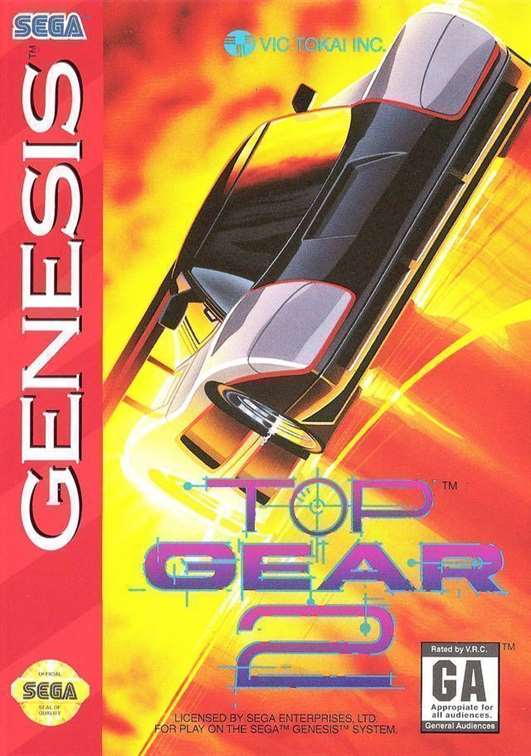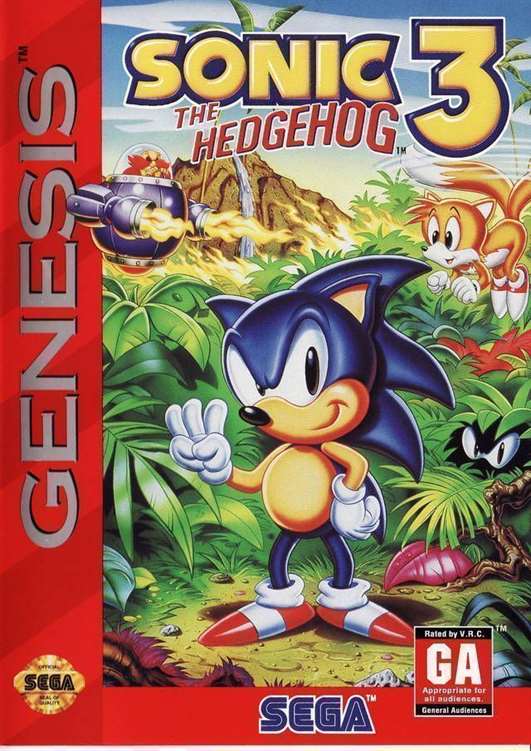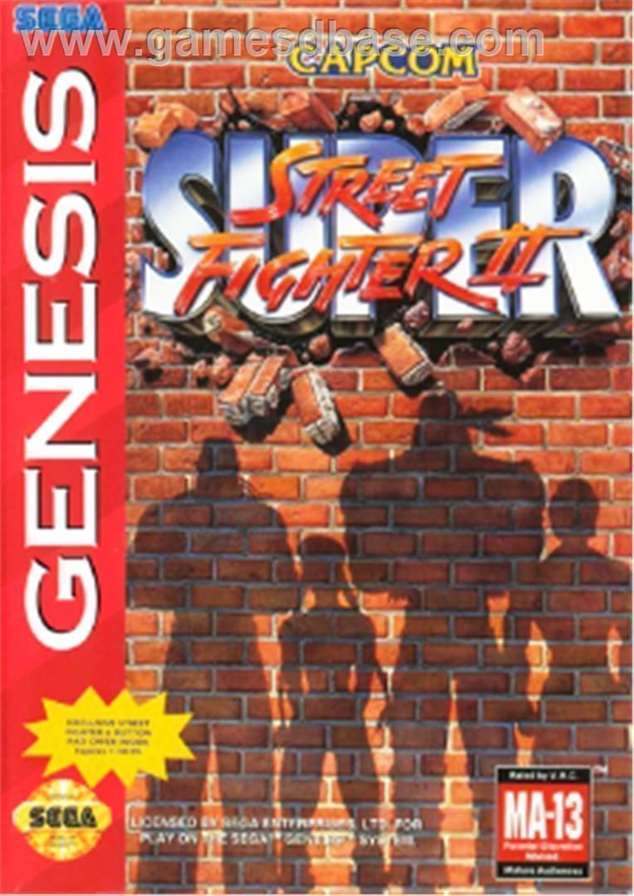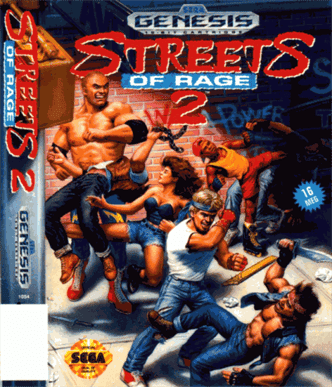

Top Gear 2 (released as Top Racer 2 in Japan) is the sequel to the 1992 racer Top Gear. First released in August 1993 for the SNES, May 24, 1994 for the Sega Genesis and in 1994 for Amiga. It was developed by Gremlin Interactive and published by Kemco for the SNES and by Vic Tokai for the Genesis. While more realistic than its predecessor, Top Gear 2 maintained the arcade-style gameplay the series is known for. The game was well received by critics and fans alike.
Gameplay
Scene from the Munich track
For the sequel, like the original, Gremlin used rehashed graphics and gameplay from the Lotus racing trilogy. However, this game becomes more realistic, with a damage diagram on the left side of the screen, slower cars, and the possibility to upgrade your machine. The cars become more difficult to handle and the opponents are faster and tougher than in the previous game. The new addition of weather also plays a role, forcing the player to change from dry to wet tires.
The game takes place in 64 tracks spanning 16 countries, each of which contains four races, starting with Australasia (Australia and New Zealand) and ending at the United States. After each country is beaten, the player is given a password, which can be later used to pick the game back up from that position. Because of agreement to naming rights, the Giza Necropolis in Egypt was renamed to Hugh Sitton, a photographer of Corbis Corporation.
The actual gameplay is quite simple. Players need to finish in the top ten positions in each race to qualify for the next one. There is a map that shows the course layout, the position of the players, and the position of the car in first place. The player is given 6 “nitro boosts” at the start which dramatically increase the car’s speed for a short period of time. On certain courses, there are pickups along the road ranging from a “$” which is $1,000 cash, a “N” which is an extra “nitro boost”, and a “S” which is an automatic nitro administered right when picked up and returns each lap. The other pickups can only be collected once per race. Players must take care to avoid too much damage to any area of the armor. If a section of armor is destroyed and the player takes damage in the area that the destroyed section of the armor used to protect, the car will spin out. Racers will be disqualified if they run out of fuel and coast to a stop before finishing the race. Since there are no pits for cars to refuel in unlike the first game, upgrading the transmission becomes mandatory in order to get the fuel economy needed to survive the longer races in the later portions of the game. Since the Genesis port of this game does not implement a fuel gauge, fuel economy is not a problem in that port.
Players have the option of either an automatic or manual gearshift, and can configure the controls as they please at the opening menu of the game.





